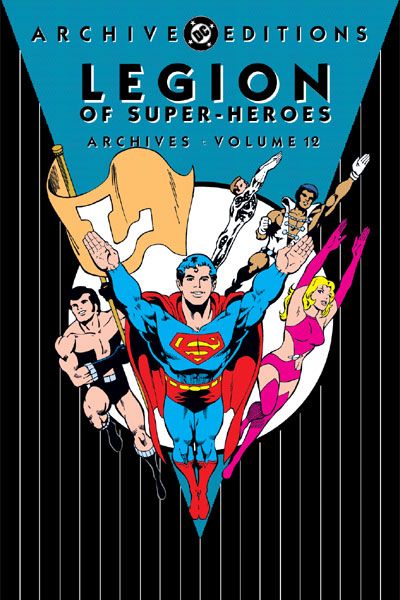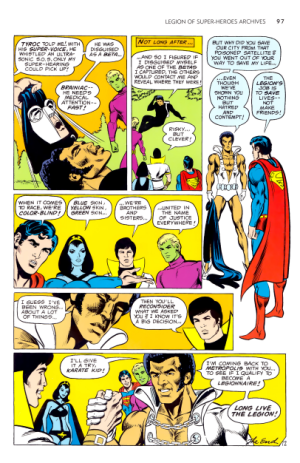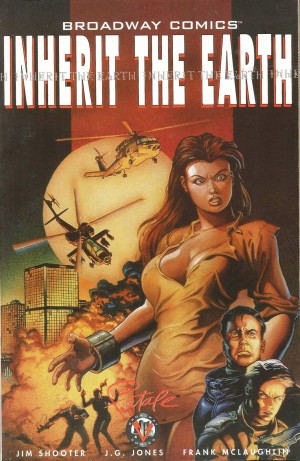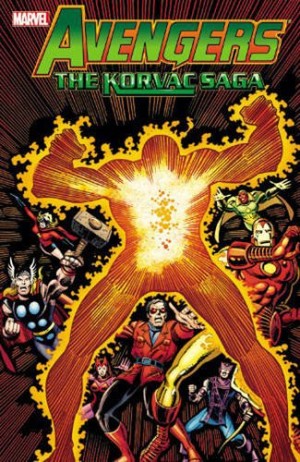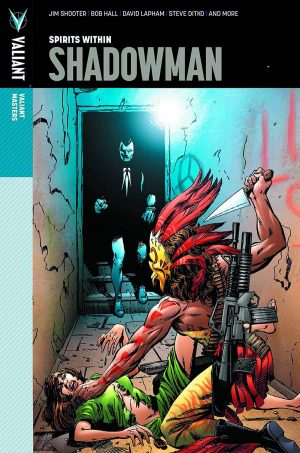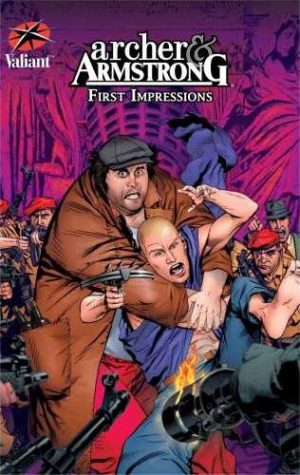Review by Frank Plowright
When Jim Shooter wrote the Legion of Super-Heroes between 1966 and 1969 he didn’t just maintain the status quo, but introduced progress, and that’s evident again in these stories from 1975 and 1976. The 1970s Legion had been very reliant on foes Shooter had earlier introduced, yet with one exception he avoids them, instead introducing new foes. Unfortunately, unlike his earlier creations, none have stood the test of time. In Volume 11 he reinforced Karate Kid’s Asian heritage, but it’s Bates who introduces Tyroc. The Legion had members with blue skin and green skin and orange skin, and plenty of members with pink skin, so why were there no members with dark skin? It was a question long overdue for addressing, but with the best will in the world, Tyroc is a bundle of clichés from the angry attitude of a separatist community to the afro hair, and not helped by a wretched costume design.
Primary artist Mike Grell was just following Dave Cockrum’s lead in updating costumes, but extending objectification to men is hardly progress. Tyroc’s all white effort with ill-considered chains, pixie boots and no leggings is a complete disaster, and as the sample art shows, having established a personality, the complete reversal on the story’s final page is beyond belief.
Unfortunately, it’s not the only occasion someone unconvincingly sees the error of their ways on the final page, and repetition occurs with other plots, such as both Ultra Boy and Shrinking Violet having a crisis of confidence.
Shooter’s stories always have a strong starting point, but often fail to deliver on the mystery he sets up. A voracious military commander, a villain able to access the individual powers of any Legionnaire and a master locksmith and his alluring companion should thrill, but don’t. Grell’s art certainly contributes to the disappointment. By 1976 his popularity had soared, leading to other work offers and less time spent on the Legion. The creative page layouts are gone, and he’s no longer inking his pencils with the heavy-handedness of Bill Draut a poor inking match.
The best of this collection is when Shooter returns to earlier creations the Fatal Five, redefining one of them smoothly, and giving them credible motivation for a mission threatening Shrinking Violet’s home planet. It’s followed by the second best inclusion, with a planet enslaved by a maniac who’s embedded a bomb at its core.
A glimpse into the future is provided by a trip to the past with the first issue of Karate Kid’s 1976 solo series included, written by Paul Levitz, who’d later restore the Legion’s glamour. There’s little hint of what’s to come, with the best aspect being Karate Kid’s joy at natural abilities making a difference in the 20th century. However, any joy is sapped by Ric Estrada’s uninspired art.
That’s mentioned in the article on Karate Kid’s solo series closing the book, acknowledging it as a “missed opportunity”, which delightfully understates the case. This selection isn’t the Legion’s finest hour, and Volume 13 is the last Archive edition.
